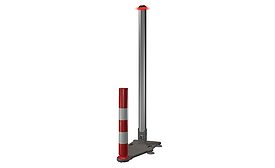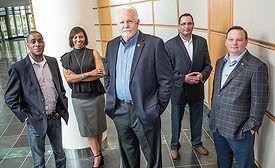Home » workplace violence
Articles Tagged with ''workplace violence''
In a Day’s Work: The Fight to End Workplace Violence
How are Cox Enterprises and others effectively reducing the risk of workplace violence in their organizations?
August 2, 2018
Sign-up to receive top management & result-driven techniques in the industry.
Join over 20,000+ industry leaders who receive our premium content.
SIGN UP TODAY!Copyright ©2024. All Rights Reserved BNP Media.
Design, CMS, Hosting & Web Development :: ePublishing







